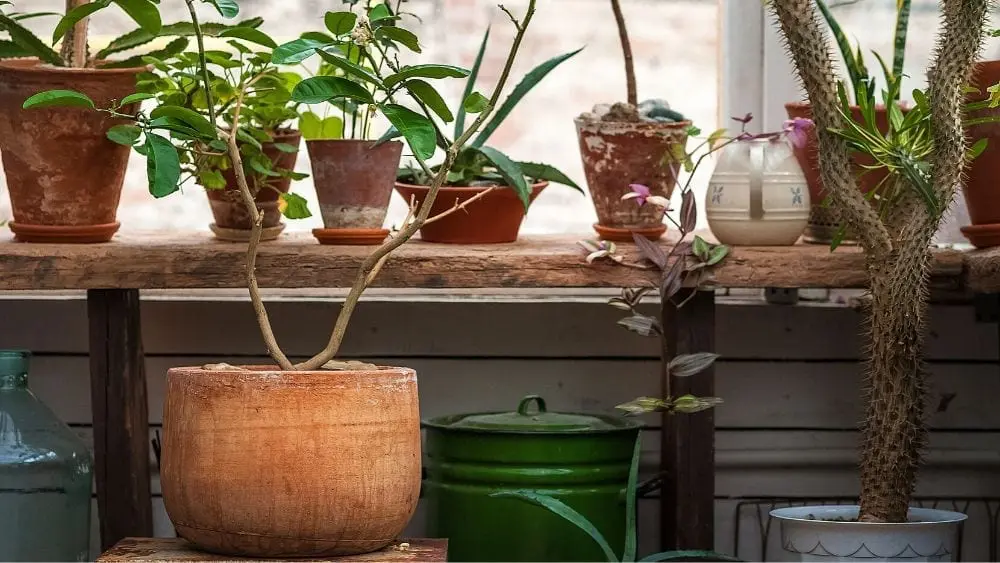
For most of us, winter is a season we spend hiding from. We brave even the smallest walk to the car, and dream of coming home to hot cocoa and a warm fireplace. The last thing we are thinking about in winter is voluntarily going outside to do anything.
But, let’s look at the bigger picture: You have to prime and protect your garden, soil, lawn and existing plants in the fall if you want to be ready for planting season in the spring and summer. Here’s how to prepare your garden for the winter season:
How to Prep
Clear, Clear, Clear
Before your lawn is buried beneath a layer of snow or frost, it’s important that you clear away plant debris, like weeds and leaves. Come springtime, this will help new plants to grow freely without getting trapped beneath the tangled matting of yesteryear.
Compost
The helpful folks over at the Professional Landcare Network (PLANET) provided this great solution for disposing of fall debris: The phosphates and nitrates produced by decomposed plant material is a rich additive for soil. Start the composting process now so that you will have a usable product when the frost clears for spring.
Cut
’Tis the season for trimming. The grass and any perennial plants need to be cut back. Just because perennials hang around all year doesn’t mean you should ignore them across seasonal cycles. During the fall, these plants need trimming to stimulate new winter growth. Pay close attention to the lawn — if the grass is too short, it could die in a freeze. If it’s too long, the grass will mat, preventing new spring growth and creating an environment for diseases to thrive. PLANET suggests 2 to 2.5 inches as the ideal grass height for fall.
Consume
Winter freezes make it difficult for soils to absorb water. Give your yard a big drink before the first frost so that it will have a water reserve to sustain it across the long winter months.
Cover
Protect your plants from deadly freezes with a layer of mulch or compost. You layer up in the winter, so do the same for your yard and you will reap the benefits in the spring. And for those particularly fragile plants, use a breathable fabric to cover them up.
Winter Plants
Bulbs
Believe it or not, there are plants that require winter freezing in order to produce the eventual springtime blooms. These plants, known as bulbs, produce many different kinds of popular flowers, like daffodils, tulips and irises. Be sure to plant them several weeks before a forecasted freeze, as they need time to lay their roots.
Blooms
Perhaps even more remarkable are those plants that are hardy enough to grow — and even bloom — during winter. There is a surprising selection of flowering winter plants including camellia, witch hazel, the Christmas rose and the Kaffir lily.
Many varieties of shrub are also hardy enough to endure the winter weather. The Boxwood is famous for being easily shapeable and creating unique garden outlines.
If you’re really ambitious, there are also a number of vegetables that thrive in the wintertime. Asparagus, garlic, kale and tubers are all hardy vegetables that require little maintenance throughout winter. For most of these plants, the general guideline is to plant in the fall, but do some additional research when you finally decide what you want in your garden.
Brilliance
In a winter wonderland, where the landscape is laid clean with snow and bare with cold, your garden becomes a contest of color. What can you grow to make your world pop with vibrant hues? Look for trees and shrubs that shed their leaves, but not their berries, in winter.
You don’t have to tend your garden in winter to get great results. Take advantage of fall weather to set the stage for healthier soils, blooms and growth in the springtime. For a garden that is always in bloom, try planting some flowering winter plants. The time to find your green thumb is now, so go for it.
 Making a Good Investment When Buying a Home
Making a Good Investment When Buying a Home